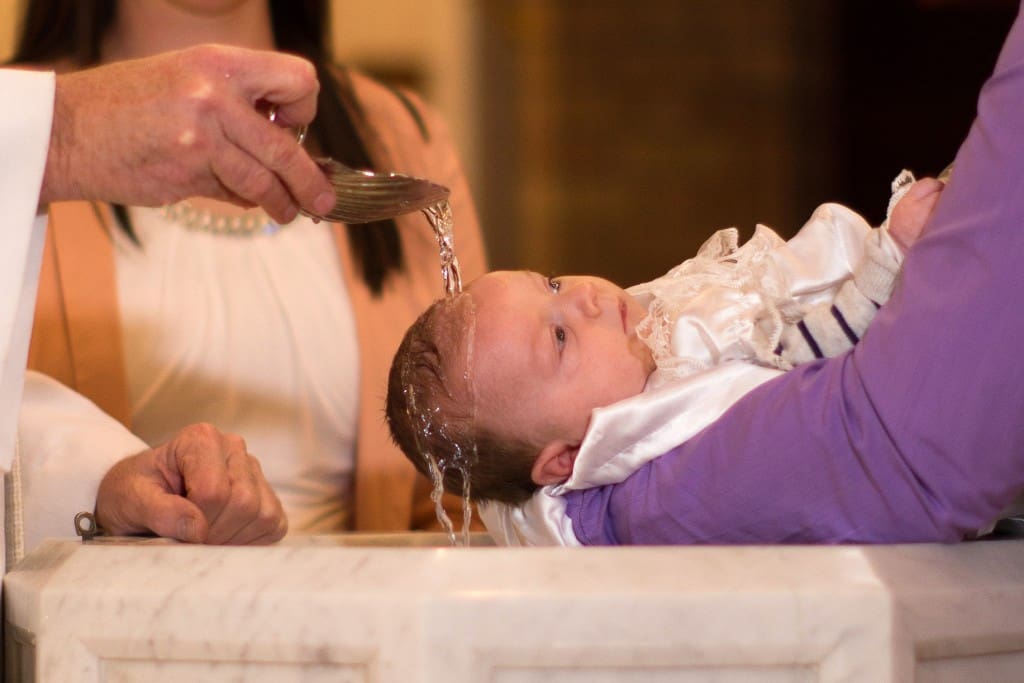A: An official response from the Holy See in 1965 regarding the celebration of the Eucharist stated that the Holy Father “kindly granted that the language that is called « gestural » can be employed in the celebration of the liturgy for the deaf, whenever a pastoral reason suggests it, in all the parts which are said in the vernacular language” (Notitiae 2 (1966): 30-31, 95). This permission included the celebrant parts, lay responses, and parts that are said together.
The U.S. Bishops in their 1978 pastoral statement on persons with disabilities established a comprehensive principle: “It is essential that all forms of the liturgy be completely accessible to persons with disabilities, since these forms are the essence of the spiritual tie that binds the Christian community together.” The bishops reiterated this principle in 2017 in the revised Guidelines for the Celebration of the Sacraments with Persons with Disabilities. In the same document, the bishops also noted that “[i]nconsistencies arise in such areas as the provision of sign language interpreters and captioning for persons who are deaf” and expressed their “longstanding concern for ‘realistic provision’ for the means of access to full sacramental participation for Catholic persons with disabilities.”
The Guidelines give special attention to the celebration of Penance and Matrimony with the Deaf. With regard to confession, the Deaf “should have the opportunity to confess to a priest able to communicate with them in sign language, if sign language is their primary means of communication. They may also confess through an approved sign language interpreter of their choice” (30). However, in reality the use of sign language interpreters is more problematic. The Deaf community is small, and so interpreters know the Deaf persons, particularly in a ministry setting. This makes the celebration of the Sacrament of Penance awkward and difficult for both penitent and interpreter and prevents many Deaf from celebrating the Sacrament.
In the celebration of marriage, sign language can be used for the expression of matrimonial consent. “Marriage may also be contracted with the assistance of a sign language interpreter whose trustworthiness has been certified by the pastor” (45). The celebrant and laity may use sign language in the celebration of the other sacraments. Sign language requires unobstructed sight lines, so the layout and arrangement of the church building is of particular importance. In their building guidelines, Built of Living Stones, the U.S. Bishops said that “[s]pecial attention should be given to individuals with visual or hearing impairments” and encouraged “the use of an accessibility inventory to ensure a careful review of potential or existing architectural barriers” (212-213).
—Answered by Father Randy Stice
Associate Director, USCCB’s Committee on Divine Worship

